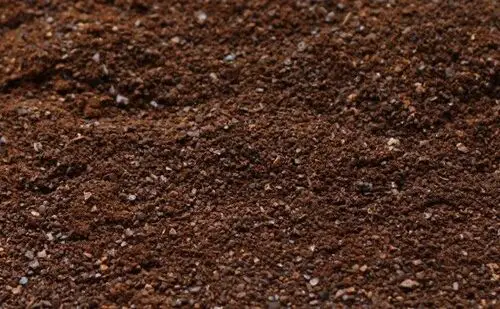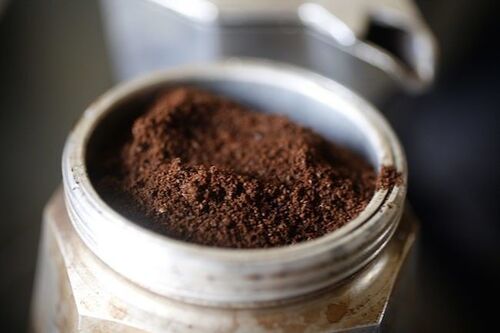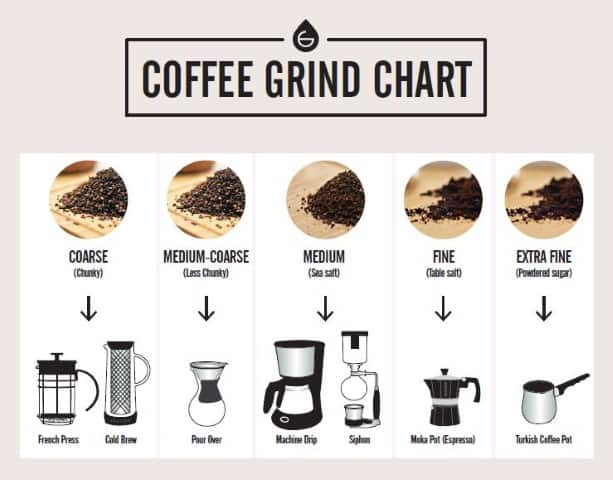The grinding of the coffee is possibly the most decisive aspect in the final result of our drink. Few users know this, or rather, few dedicate to this step the attention it deserves. In fact, few of us have a good coffee grinder at home, do we? Big mistake because most coffee makers use ground coffee directly.
Depending on how we’re going to prepare our coffee, the extraction process will need the original ground coffee to be more or less fine to achieve optimal results. In this article, we’ll explain why, and we’ll also illustrate the reasons that cause an inadequate ground coffee to spoil any preparation.
You should also know that there is a direct relationship between the size of the grind and the time it takes to prepare the coffee: the finer grinds will result in faster preparation and extraction of the coffee. In comparison, the coarser grinds will take longer to prepare.
Without further ado, we’ll tell you which ground coffee you need for each type of coffee maker:
Ground coffee for espresso machines
The grind needed for espresso machines is the most particular and different from the rest of the grinds we are going to talk about in this post. The ground coffee to prepare espressos has to be adapted to the peculiar characteristics of these coffee machines, which is only 25-30 seconds must extract the maximum aroma, flavour, cream and intensity from the coffee we serve.
For this reason, if we are going to use an espresso machine, we will need excellent grinding, almost in powder. In spite of this, we must keep a balance. If we go too far, the espresso will come out too bitter.
On the other hand, if we use too coarse a grind in an espresso machine, the coffee will come out burnt and without body, with a darker colour than normal. In addition, when preparing an espresso in an espresso machine, other factors have an influence, such as the pressing or the dose (the number of grams of ground coffee that we are going to use). For the latter, you can use a professional presser (we have a lot of them in our shop).

As you can see, making a perfect espresso requires some skill, and it’s probably one of the most artisanal processes we’ll talk about in this post.
Thinking about the home user, the particularities of the grinding for espresso machines do not end here, since requiring a great finesse, we find two barriers when acquiring it:
- Commercial ground coffee (that is, the one sold already ground and packaged) is too thick for this purpose, so we have no choice but to buy the coffee beans and grind them ourselves.
- Not all coffee grinders are capable of achieving the required finesse to make an espresso.
It seems difficult to get it right. Well, not so much if you consult our guide to buying a coffee grinder, and once you have the right ground coffee for your espresso machine, it’s just a matter of practice, practice, practice.
NOTE: If we use a hydro pressure coffee maker, although technically they are considered semi-express coffee makers, it is convenient to use a medium grind instead of a fine grind. It is because the water in hydro pressure coffee machines passes through the coffee filter at a much slower speed than in pump-type espresso machines.
Grinding for Italian coffee makers
Italian coffee machines or Moka machines are also used to prepare espressos. However, the mechanism of extraction of the coffee is different, and therefore, the requirements of grinding (and the final result, of course) are also different. Basically, Italian coffee machines represent the manual version of the process detailed in the previous section.
In an Italian coffee maker, we must use fine ground coffee. That is, something less fine than what we would use in an espresso machine.
Due to the particular type of infusion resulting from an Italian coffee machine, if we use an excessively fine ground coffee, we run the risk of the coffee tasting too astringent.
And another important detail: in a mocha or Italian coffee maker, you should never press the ground coffee inside the filter. You must make sure that it is well levelled and that its surface is uniform. But you should never press it.

Ground coffee for drip coffee machines
Drip coffee machines, or filter coffee machines, use a medium ground coffee, about the thickness of what is sold already packaged in the shops. This does not mean that we recommend the use of these pre-ground coffees, since inevitably. As we have already explained on other occasions, the coffee loses properties before it is packaged.
Why? Because freshly ground coffee releases gases that need to be dissipated before putting it in a package and vacuuming it. In the time it takes to dissolve these gases, ground coffee has already lost some of its freshness and flavour.
So, nothing like having freshly ground coffee ready to use in our coffee maker.
In the case of drip coffee machines, the medium-thickness grinding rule has some nuances depending on the type of filter we use in our machine. The most common ones in drip coffee machines are paper filters, disposable and single-use. Still, permanent metal filters can also be used, which have wider pores and therefore admit a slightly thicker coffee. Fabric filters are also permanent, although less frequent.
If we use a cloth filter, the grind will have to be slightly finer than the midpoint, as the pores of this material are notably smaller. In any case, these variations must be minimal since we are always talking about different degrees within an average grinding thickness.
In a drip coffee maker, if we use a coarser grind than the appropriate one, the coffee will not brew (that is, the water will fall into the carafe almost without having tasted it). The result will be a coffee that has not extracted all the aroma.
On the contrary, if we use too fine grinding, the water will take too long to pass through the filter, and the coffee will be over-extracted (very bitter). In addition, we can also find in our drink some remains in the form of dust without extracting. Unpleasant.
NOTE: in addition to using a medium grind, it is important to ensure that the ground coffee is distributed evenly and horizontally over the entire surface of the filter.

Grinding thickness for french press
Piston coffee machines (also called French presses) prepare coffee by infusion, which is then pressed with the above-mentioned plunger. For the absent-minded, brewing is the same as with tea or camomile: the water is left to stand for a while – about 4 minutes – wetting the coffee beans and gradually absorbing all their nuances.
The result is an extraordinarily tasty and aromatic coffee. Not in vain, some espresso machines incorporate a system that pre-infuses the beans before extraction to obtain all the possible aromas and flavours.
In order to infuse the coffee beans, they need to be coarsely ground because if they were too fine, the water would barely have any contact surface with them. The result would be a bitter brew with no recognizable taste, nobody and no charm of any kind.
In addition, too fine a grind in a French press would also cause too many of these little pieces to leak out when the drink is served.
Ground coffee for Turkish coffee makers
If we’re going to make Turkish coffee with a cezve (or container similar to a Turkish coffee maker), then we’ll need a special grind, which leaves the coffee literally powdered: almost flour-like in texture. We could call it coffee powder rather than ground coffee. Because in Turkish coffee, the water doesn’t filter the coffee, nor does it stir once it’s prepared. The powders literally float to the bottom of the brew.
